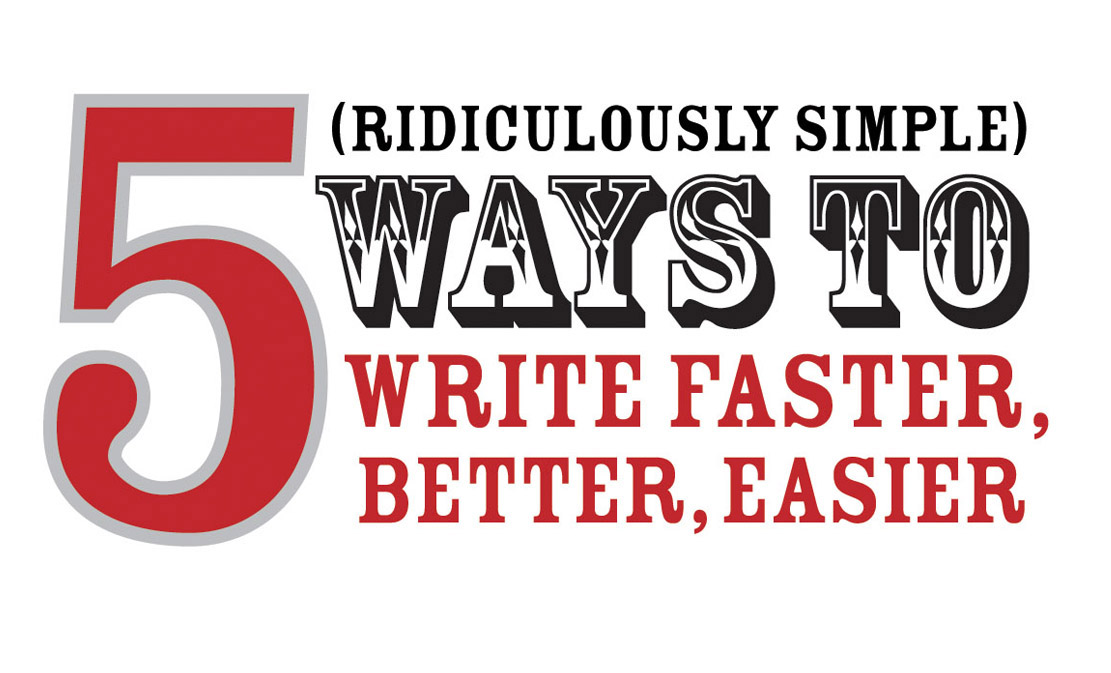3 Steps to Make Your Corporate Video Jump Off the Screen!
 Saturday, November 24, 2007 at 01:32PM
Saturday, November 24, 2007 at 01:32PM 
I've seen them. You've seen them.
Boring, unemotional videos from companies.
You roll your eyes, look at the clock and check yourself out.
If branding is about creating emotional experiences and connections between you and your audience, it's no wonder boring corporate videos haven't been an integral part of the branding conversation.
But now it's your turn. You've been charged to produce a video for your company. Perhaps you need to tell your product story or service story.
But you have a small problem: you're not a filmmaker and you don't know anyone who is. You're also not sure what ingredients are needed to go into a memorable film. What do you do?
Discover a hero who overcomes a problem that changes the world.
Here are three simple and easy things you can incorporate into your video to make your brand story jump off the screen and into your customer's hearts.
1. DISCOVER A HERO.
Every corporate video needs a "face" or a "hero" to provide a point of view. Without a hero, your audience is easily confused. Your hero should be someone your viewers can identify with; someone they can quickly feel connected to.
In "Elements of Persuasion," Richard Maxwell and Robert Dickman share the role of the hero as one who "grounds" the audience.
Where do you discover your heroes? Right under your nose!
Say for example, Human Resources needs a film. If the goal of your video story is to attract and retain top talent, then discover three or four employees whose personal story reflects those stories of potential candidates whom you want to attract to your company. Those three or four personal stories are actually holograms; tiny slivers of the larger talent pool you are seeking.
2. SHOW ME A DRAGON!
The single biggest issue facing your corporate video is the lack of emotions. How do you generate an emotional response from an employee, or hero, in your film?
Easy. Find a dragon. Ask, "What's at stake?" Every hero needs a dragon or an obstacle to overcome. Without it, your viewers will secretly be wishing for it. Besides, they probably won't talk about it because the story is "sugar-coated."
Following our HR example, let's say one of your heroes:
- Discovers a medical condition limiting their career opportunities.
- Discovers the future business of a large client is at stake.
- Discovers they are overwhelmed with their new job; perhaps it wasn't the right job.
- Discovers their project funding is being severely cut.
While each "dragon" takes a different shape and form, your hero creates an emotional response for your audience in each situation. That is exactly what you audience is hungry for!
3. REVEAL A TRANSFORMATION.
Whether the dragon has been successfully defeated or not, does not matter. What matters is that your audience gains a deeper appreciation of your hero. They now understand the hero's journey. The audience has a sense of empathy they did not have a few minutes earlier. Their world has been changed.
And that, in the end, is what telling your video story is all about.
There you have it. Three simple steps to make your corporate video story jump off the screen:
1. Discover a hero who is comfortable telling their story.
2. Show the hero's struggle.
3. Reveal a new world.
Jumping off the screen isn't THAT hard :-)
---Tom






